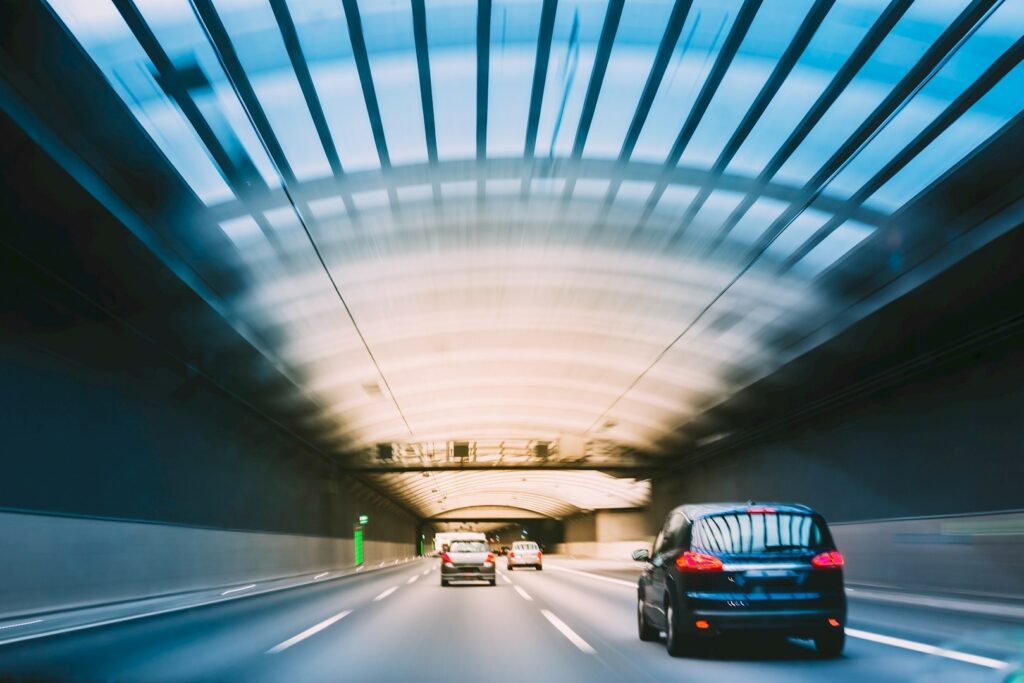Emissions Trading and Effort Sharing: What are the best tools for decarbonising road transport?
As part of its European Green Deal roadmap, the EU is considering revising two key legislative tools it uses to drive decarbonisation, both of which have had a measure of success though they differ in scope.
The Emissions Trading System (ETS) creates a market for carbon emissions by allowing emitters to buy or sell emission allowances in certain economic sectors. The Effort Sharing Regulation (ESR) sets binding greenhouse-gas emissions reduction targets for EU Member States for sectors not covered by the ETS, including transport.
Among the policy options being considered are an extension of the scope of the ETS to include road transport and a possible phase-out of the ESR. ePURE has provided input to the European Commission’s public consultations on both of these revisions, with suggestions on how they can be better integrated with other EU policies to become more effective at achieving Europe’s climate goals.
Emissions trading and transport: it’s complicated
A successful decarbonisation policy in transport must ensure a total coherence of actions between car manufacturers, fuel suppliers and retailers. But an ETS for road transport would seriously disrupt the existing growing synergy between these stakeholders, hamper efforts to reduce emissions from transport, increase fuel prices and create social discontent.
A more effective solution would better integrate existing EU policies. For example, the targets of the EU Renewable Energy Directive should be increased in line with higher Green Deal ambitions. Other policies, such as the Energy Taxation Directive and CO2 standards for cars and vans must be revised in order to integrate the CO2 content and the biogenic content of fuels, thus better reflecting the real environmental performance of biofuels.
These actions, however, do not necessitate the extension of the ETS to road transport, and their revision should be carried out independently.
Effort sharing: all hands on deck
At first glance the ESR has been a success so far, with the EU achieving and even surpassing its 9.3% emissions reduction objectives as a whole by 2020 as early as in 2018. But this was due mainly to progress in sectors that were the easiest to decarbonise, such as buildings and waste.
There has been little to no decarbonisation in the transport and agriculture sectors, which account for over 50% of the ESR emissions, and meeting the already agreed 2030 target of 30% emissions reduction is challenging to say the least. Moreover, there have been many differing levels of progress among Member States.
But that doesn’t mean the EU should phase out the ESR. It is one of the few pieces of legislations where Member States have binding targets for emissions reduction, instead of leaving it all to the market. Instead, the EU needs to redouble its efforts by raising ambitions for decarbonisation of sectors that have proven difficult, such as transport. Going forward, increasing the ESR ambitions would help kickstart real decarbonisation efforts in those sectors.
A coherent approach
The EU should not abandon what works but rather should strengthen and improve the legislative tools that actually boost renewable energy and encourage carbon abatement. This includes keeping ESR targets, the sole legally binding targets for Member States to reduce emissions in sectors not currently in the ETS.
Keeping the existing legislation and increasing their ambition levels, including ESR, RED II and the Fuel Quality Directive is a safety net that the EU should not phase out without good reasons.
